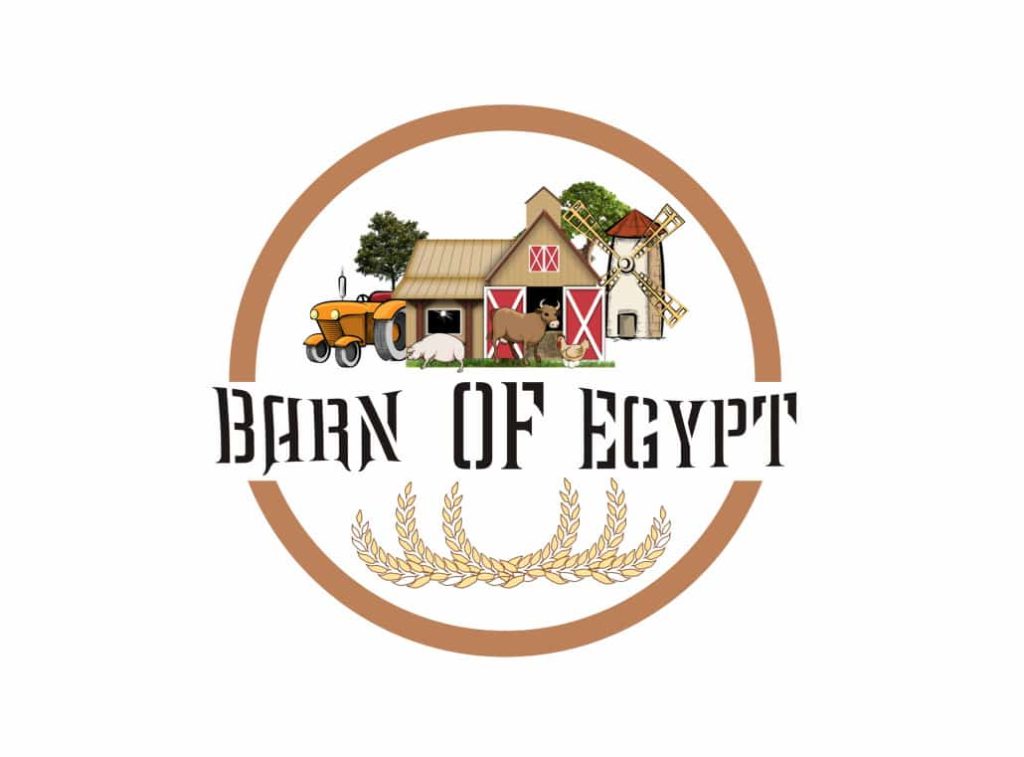Harvesting Perishable Vegetables
Timing: The timing of the harvest is crucial for perishable vegetables. Most vegetables are best harvested when they are fully mature, but still young and tender.
Tools: Use sharp, clean tools to harvest vegetables to avoid damaging the plant or the produce.
Handling: Handle the vegetables gently to prevent bruising or damage, which can lead to quicker spoilage.
Weather Conditions: If possible, harvest early in the morning or late in the evening when temperatures are cooler. Avoid harvesting when the plants are wet to reduce the spread of disease.
Handling Perishable Vegetables Post-Harvest
Cleaning: Gently clean the vegetables to remove any dirt or debris. However, some vegetables, like potatoes and onions, should be allowed to dry before cleaning.
Cooling: Cool the vegetables as soon as possible after harvest to slow down the metabolic processes that lead to spoilage. This can be done using refrigeration or by placing the vegetables in a cool, shaded area.
Storage: Store vegetables in conditions that are appropriate for each type. Some vegetables prefer cool, humid conditions (like leafy greens), while others prefer cool, dry conditions (like onions and potatoes).
Packaging: Use breathable packaging materials that allow for air circulation to prevent the build-up of moisture, which can lead to rot.
Rotation: Practice “first in, first out” rotation to ensure that older produce is used before newer produce.
In conclusion, proper harvesting and handling techniques can significantly extend the shelf life of perishable vegetables, reducing waste and maintaining the quality of the produce. It’s important to remember that each type of vegetable may have specific requirements for optimal harvesting and post-harvest handling.
